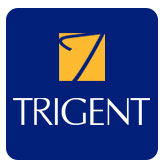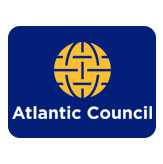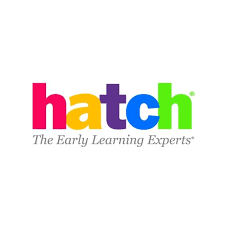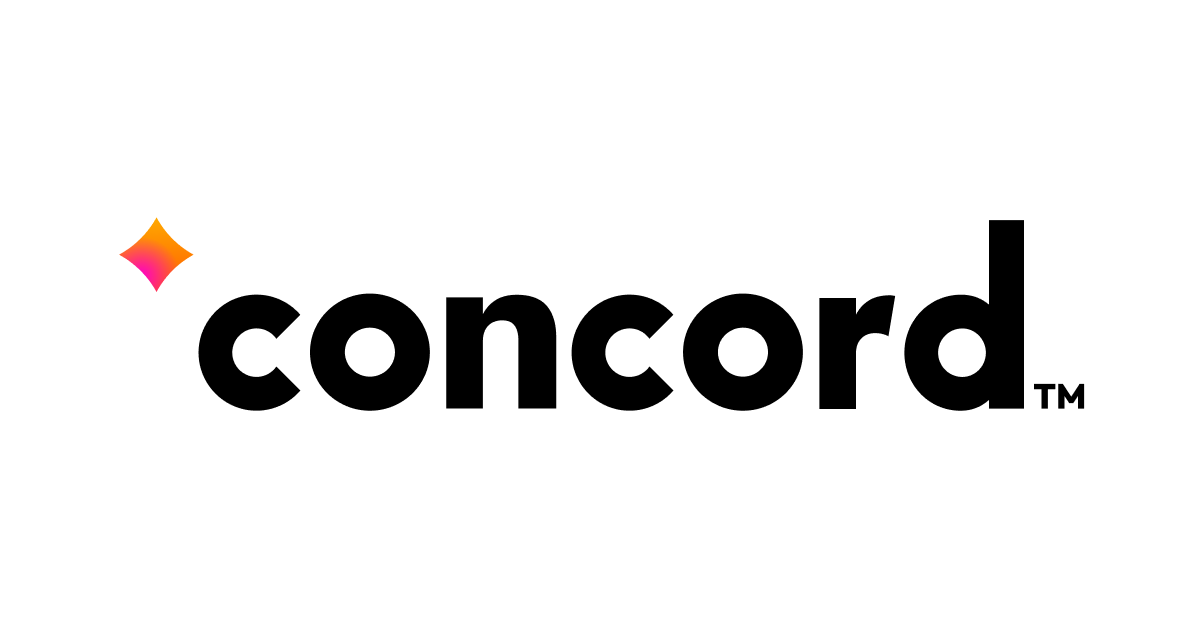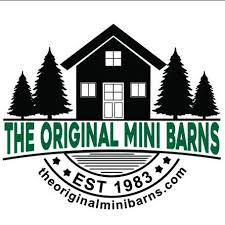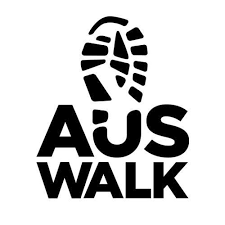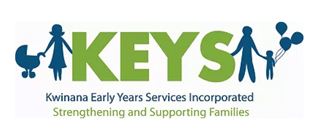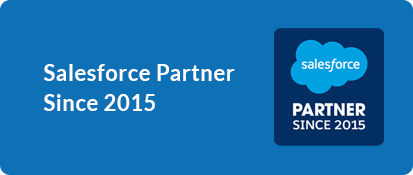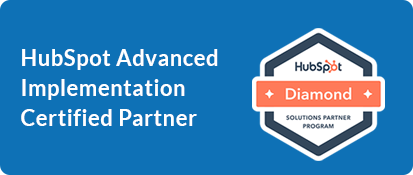Our Blogs
Until 2021, many companies had relied on Salesforce for Outlook to sync their Emails, Tasks, Contacts, Opportunities, Cases, and Leads between Salesforce and Microsoft Outlook. Nevertheless, in the Summer of 2021, the side panel action menu was removed, and sales reps could no longer create Salesforce records from the New Record button. Shortly after that, Salesforce for Outlook was scheduled to retire in June 2024. The reason was that Microsoft discontinued its support for Internet Explorer 11 in 2022, so Lightning Experience would also end its extended support for Internet Explorer 11 and Salesforce for Outlook could no longer operate.

Having less than one year to access this tool’s features, Salesforce admins and users around the world are encouraged to seek alternatives that can also share information between 2 platforms. The following three are the most popular choices coming from the Salesforce platform.

Email to Salesforce
Email to Salesforce is a basic functionality allowing salespeople to add a unique Salesforce email address (starting with “emailtosalesforce@”) to the ‘BCC’ field of their Outlook. The email will be logged in Salesforce as an activity against the recipient whose address is in the ‘To’ and ‘CC’ fields. The limitations are no support for matching on custom email fields, the maximum number of 50 email addresses that can be related to Salesforce, and large-sized emails being truncated. Reps also still must remember to put in the unique email address to the ‘BCC’ field or forward the email to that unique Salesforce email address in the ‘To’ field after an email has been sent.
Outlook Integration
This product can replace the existing Salesforce side panel experience where sales reps can view Salesforce records. Compared to Salesforce for Outlook, Outlook Integration can enable reps to access some Salesforce features that the former, including adding new Contacts and creating new Records without leaving Outlook. They no longer require logging Emails as Tasks, but instead, as actual Emails, which was not possible with Salesforce for Outlook. Efficiency is boosted even further with email templates available for reps to draft their emails. Note that despite all those added features, Outlook Integration users still meet some limitations, such as remembering to log an email in Salesforce.
Salesforce Inbox
Salesforce Inbox can level up Outlook Integration with additional features, including email tracking, productivity, and analytics. Your company can also couple Salesforce Inbox with Einstein Activity Capture to have events automatically scheduled and emails automatically added to the activity timeline of related leads, contacts, accounts, or opportunities. Your employees no longer have to enter data twice into two environments; moreover, they do not have to remember to put the information in Salesforce because ‘Einstein Activity Capture’ syncs data for them.
Conclusion
The retirement of Salesforce for Outlook shows Salesforce's commitment to providing innovative solutions that align with its users’ evolving needs. However, it can be quite disruptive for businesses that are accustomed to the tool.
For small to medium businesses, transitioning from Salesforce for Outlook-to-Outlook Integration can temporarily be a sufficient solution. However, if you want to get the most out of the integration between the two platforms, adding Salesforce Inbox to Outlook Integration will dramatically enhance your whole team’s efficiency. A Salesforce Consulting Partner like Girikon can help you weigh the costs and benefits of implementing Salesforce Inbox or Outlook Integration to find the most suitable solution for your company at your current stage.

 +61-1300-332-888
+61-1300-332-888 +1-480-241-8198
+1-480-241-8198





